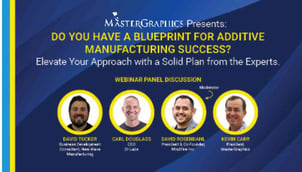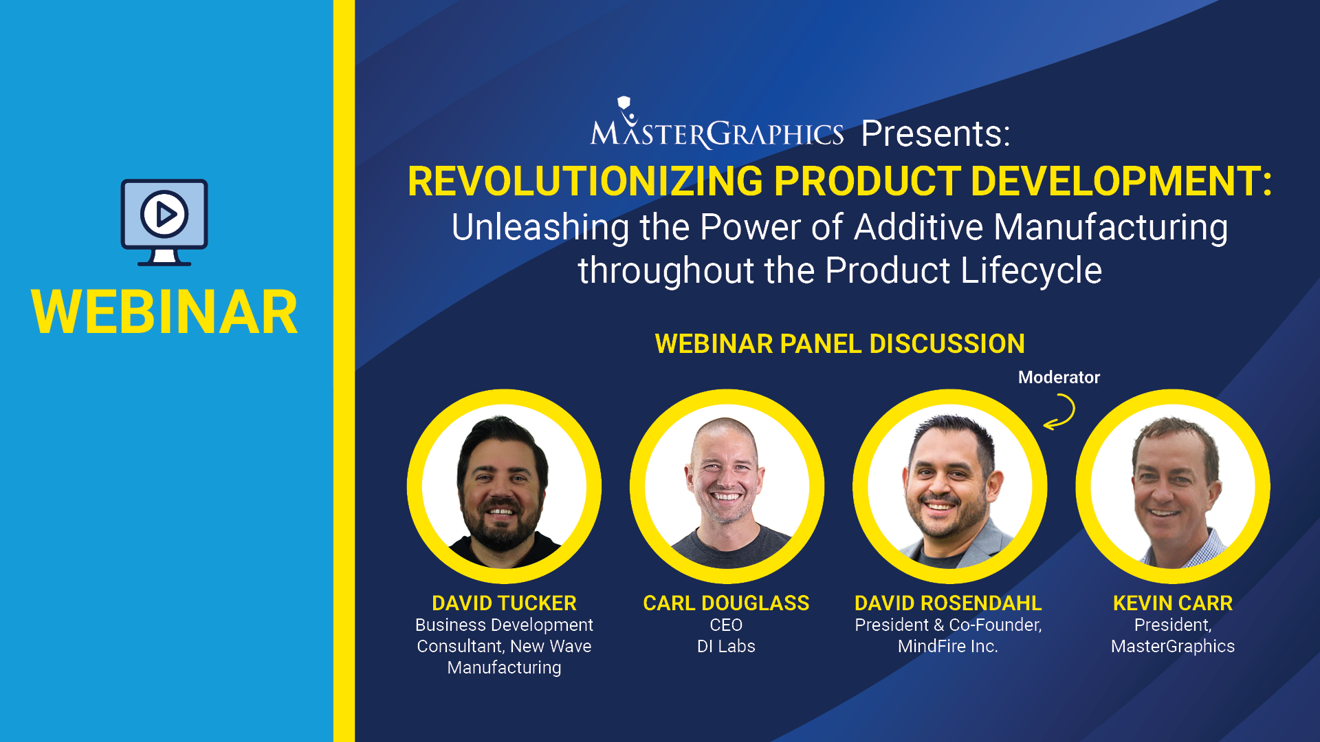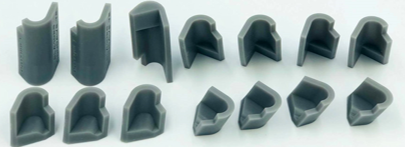At M5D, we know 3D printing is about delivering results that are strong, fast, consistent, and cost-effective. That's why we've partnered with Formlabs, whose latest ecosystem—from materials to machines—is built to solve the most common bottlenecks in modern additive workflows.
Here's how:
Material Library: Expand Your Possibilities
Current problems:
- Parts fail to meet performance expectations due to limited material capabilities
- You're forced to turn away projects you don't have the right materials
- Outsourcing specialty parts adds cost, delays, and risks
Solution:
Formlabs offers one of the most diverse resin and powder portfolios on the market—from engineering-grade nylons to biocompatible, flexible, and heat-resistant resins. Print prototypes, tools, and end-use parts all in-house, and take on more projects without hesitation. Even supports Open Material Licensing on Form 4 and Form 4L.
The largest selection of resin and powder-based materials in the industry are at your fingertips.
The booklet for all their materials is down below.
Form 4 / 4L: Speed, Reliability, and Flexibility
Current problems:
- Long print times delay innovation and delivery.
- High outsourcing and material costs eat into your margins.
- Inconsistent quality and part failures impact trust.
- Limited build volumes restrict part size and throughput.
Solution:
The Form 4 and Form 4L combine blazing-fast print speeds, automated resin management, and precision optics to deliver high-quality parts in less time—with build volumes to match your ambition. Reliable, scalable, and ready to grow with you.
Check out the following pdfs on our 3D resource page: Form 4L vs Form 3L & Form 4
Fuse 1+ 30W: Industrial-Grade SLS, Reimagined
Current problems:
- Weak or fragile prototypes that don't survive real-world use.
- Inconsistent results make it hard to scale or standardize.
- Production grade applications cannot be pursued because of expensive equipment.
- Wasted powder and limited in-house capabilities force outsourcing.
Solution:
The Fuse 1+ brings production-ready SLS printing to your workspace—with powerful lasers, recyclable materials, and a compact footprint. Durable parts, repeatable results, and an ecosystem (Fuse Sift & PostFuse) that's built for true in-house manufacturing. The most ground-breaking part of the system is that the investment starts as low as $20,000.
Check out the following pdfs on our 3D resource page: Fuse 1 Ecosystem pdf
Automation: Less Hassle, More Output
Current Problems:
- Time-consuming post-processing slows your team down.
- Manual resin handling and material changes lead to delays.
- Powder handling is messy and inefficient.
- Tracking consumables and usage becomes guesswork.
Solution:
With automated resin dispensing, powder recovery, material detection, and workflow integration, Formlabs systems are designed to reduce manual steps and maximize output. You focus on creating—the machines handle the rest.
Ready to Level Up?
If these problems sound familiar, you're not alone—and you're not stuck. With this partnership with Formlabs, a comprehensive digital manufacturing solution and technology-focused adoption team is available to tackle these exact problems.
Read more about Formlabs partnership or talk to me, Zach Carr, about how to bring this technology in-house.
Zach Carr
zcarr@m5d.com
(312) 982.4268













.png?width=1280&height=400&name=MG%20Webinar%20%232%20-%20Zoom%20Banner%20(1).png)


